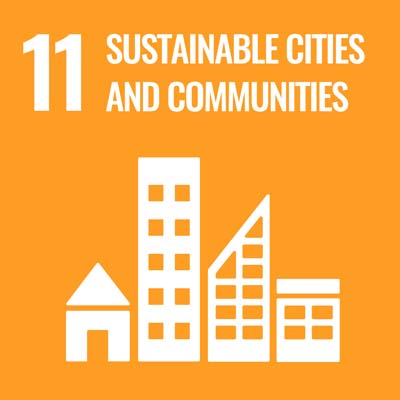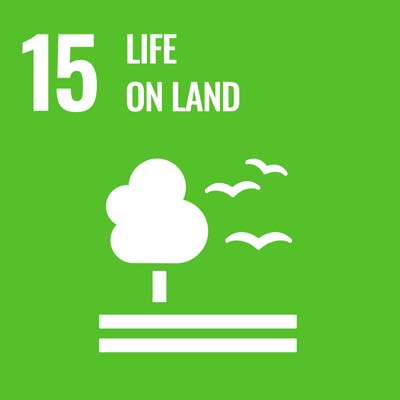- DatesFebruary 2024-July 2024
- SponsorCranfield Global Challenge Research Fund
- PartnersMinistry of Earth Sciences (MOES) - Dr Padma B. Rao, senior scientist at MoES-National Centre for Earth Sciences; University of Delhi - Dr Naresh Rana, Assistant Professor (Geology and Remote Sensing), Department of Geology
Landslides have emerged as recurrent natural significant geohazards in the Indian Himalayas, instigating profound repercussions. The incidence and consequences of landslides are increasing in the region due to unpredictable extreme events and increasing human exposure. The fast pace at which increased occurrence has emerged has curtailed the development of decision tools that inform management strategies. There is an urgent need to leverage current understanding of landslide triggers and dynamics to advance existing predictive capability and identify accurately those areas that are most vulnerable.
This project aims to explore remote sensing mechanisms, including the combined used of satellite and drone imagery, to enhance current landslide resilience in the Himalayas, by empowering government and local communities with a set of options for: (i) the early detection of seismically driven landslides and (ii) the accurate quantification of landslide risk, hazard, exposure and vulnerability. We will achieve this in close collaboration with the Ministry of Earth Sciences and the University of Delhi.



